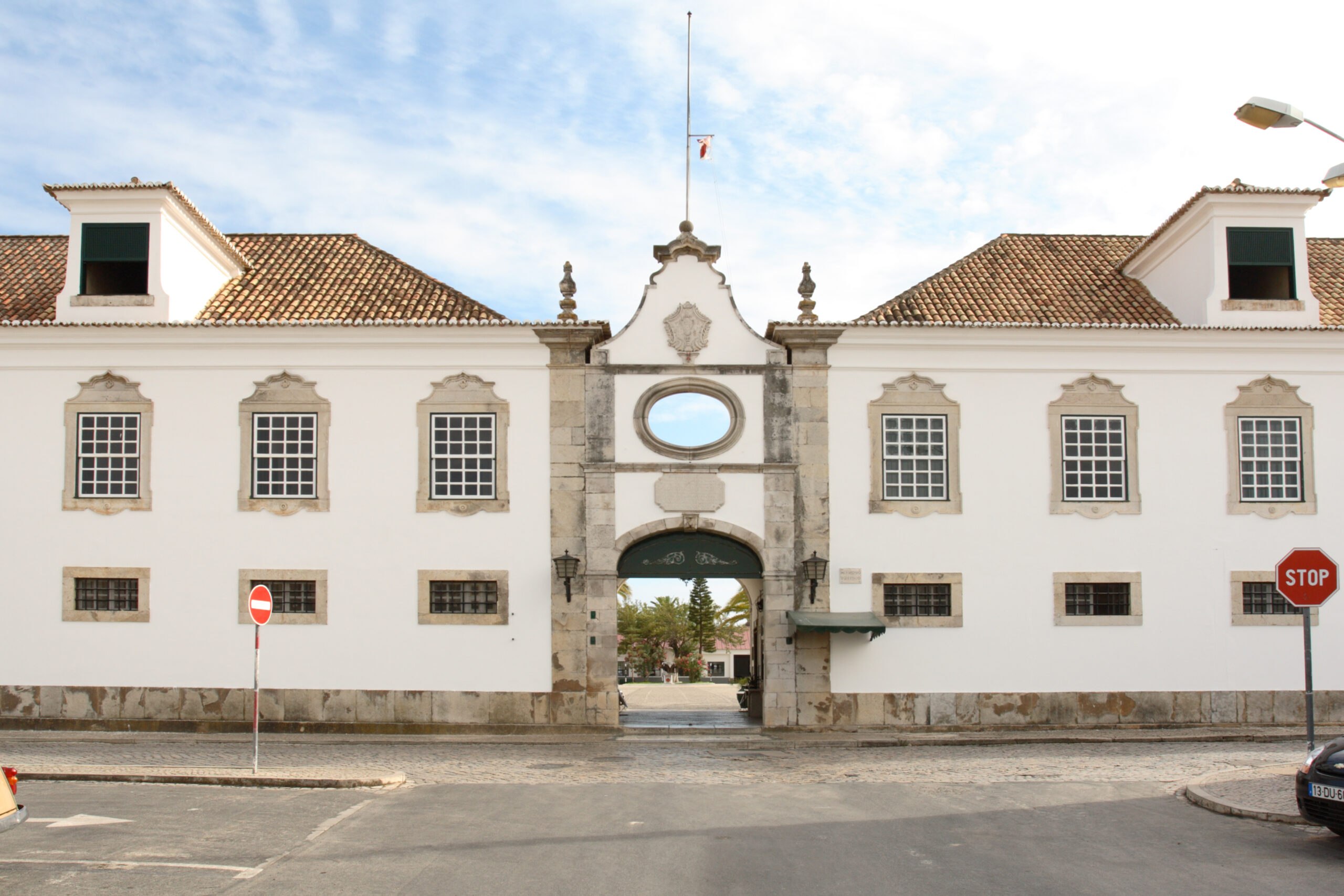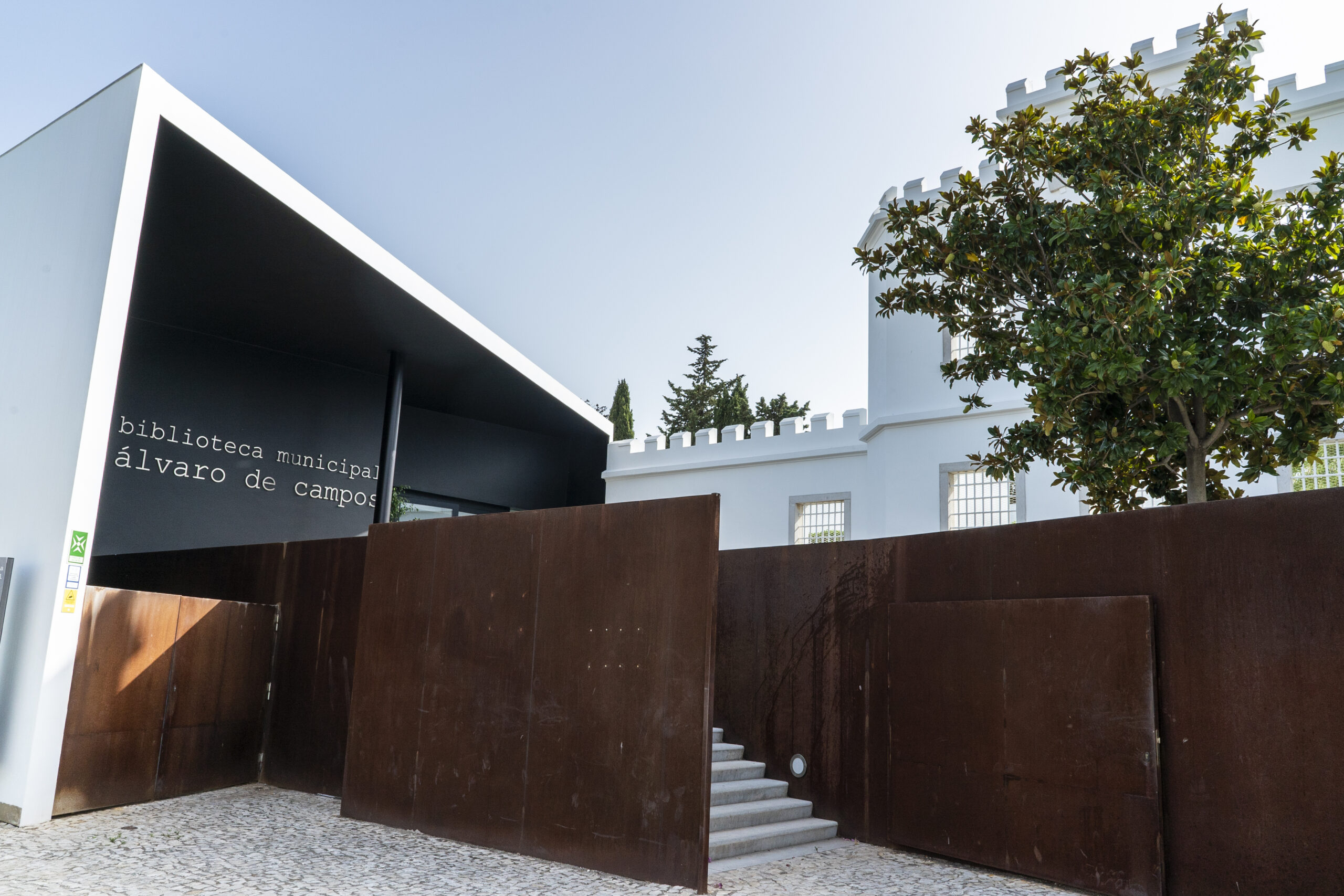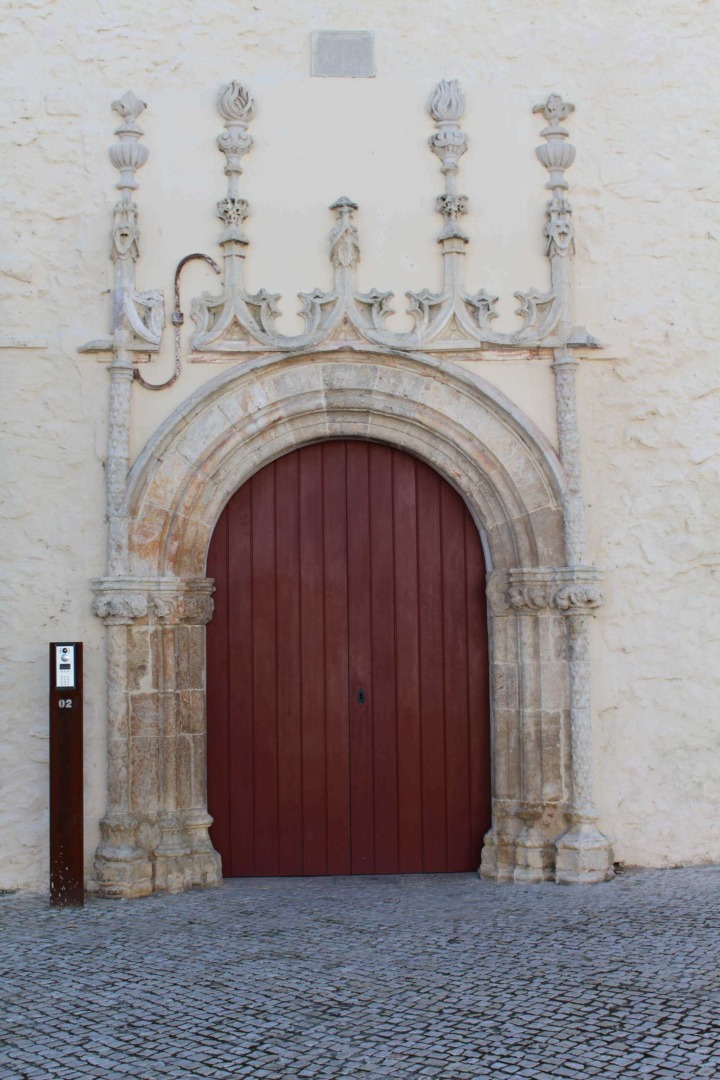Chapel of São Sebastião
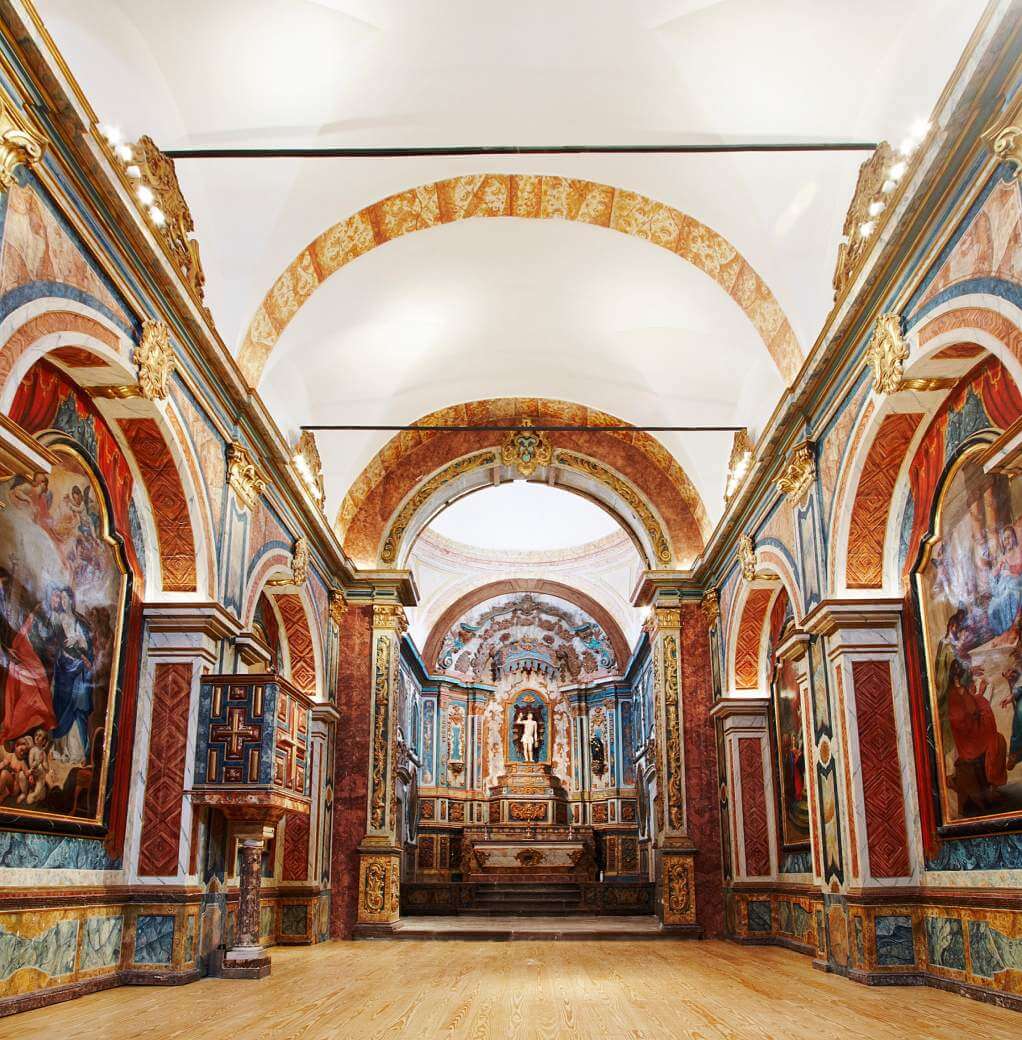
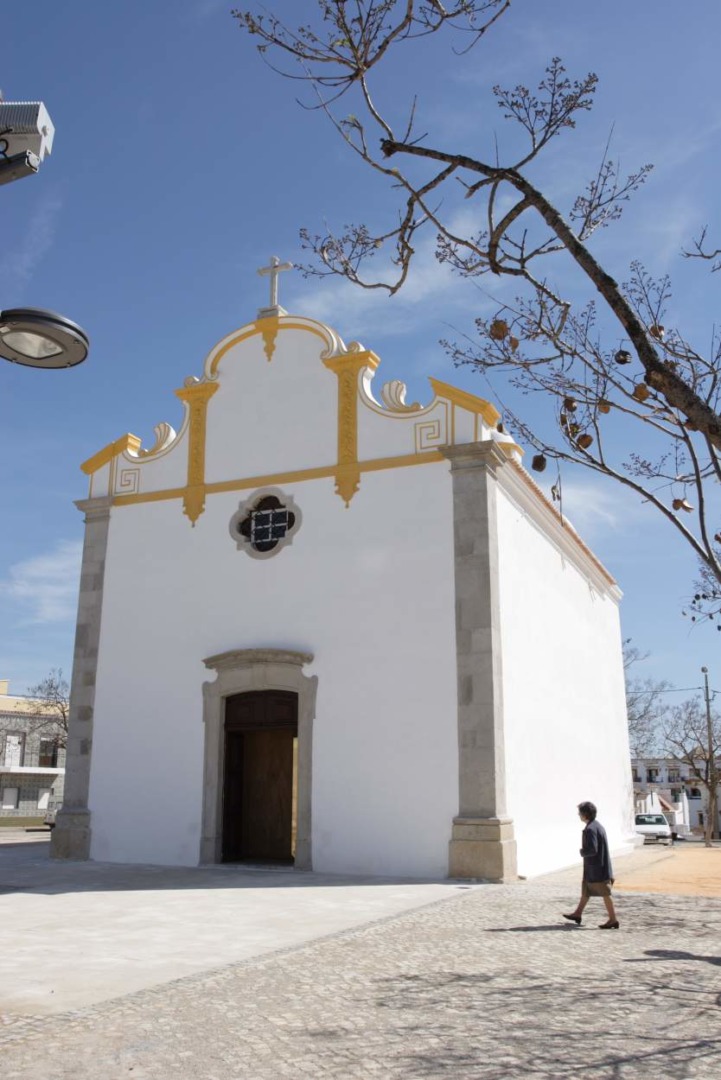
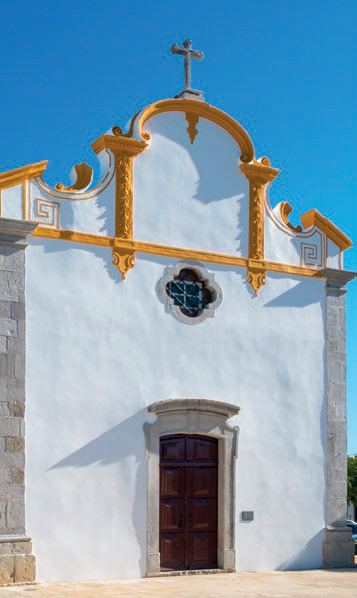
Probably of late medieval origin, this chapel was rebuilt in 1745 by the architect Diogo Tavares de Ataíde
In 1682, the brotherhood of Saint Sebastian was already present in Tavira, but the date of the construction of its first church is unknown, although it existed in 1548. Dedicated to worshipping the holy Roman martyr, who was recognised as a protector against epidemics and contagions, the church was rebuilt in 1745, probably under the direction and design of the architect Diogo Tavares e Ataíde.
Small in size, the church has a simple floor plan with a single nave, rectangular chancel and sacristy, in keeping with the “plain style”. It is mainly through the church’s interior decoration that the Baroque is most exuberantly expressed, while complementing and bringing interest to the building itself. At the end of the rebuilding works on the chapel, an exuberant interior painting was executed by Diogo de Mangino, a local painter of some renown.
In 1759, he willed himself to paint the chancel, including ten panels depicting the life of Saint Sebastian, and creating the faux marble finishes on the walls and the two sculptures of torch-bearing angels. Of particular note is the aforementioned series of ten canvases on Saint Sebastian, considered to be the most complete picturesque recreation of the saint’s life within Portuguese art. Other local masters later completed the painting work, which was extended to the body of the chapel.
Freguesia: Tavira 